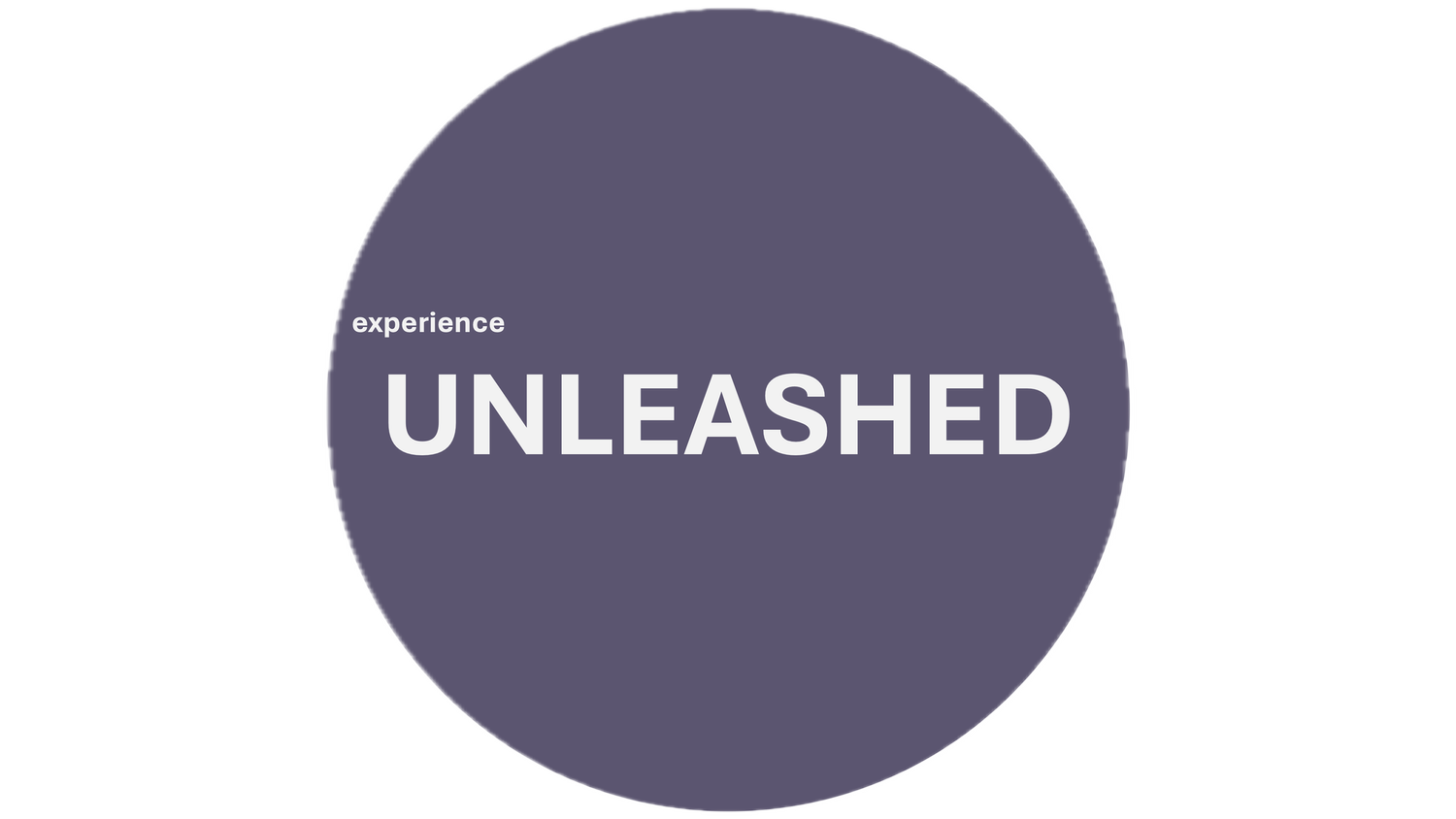Innovation Muscles – do you have enough strength for what is required now?
When the marketplace is rapidly changing, are traditional cost-cutting measures enough? Do we have the capability to discover and act on new opportunities? Can we create future growth? The questions are many and most organizations understands they need to embrace change and always be on the search for answers. But then comes the next question. How?
The ability to adapt ones offer, and increase the speed, becomes critical capabilities in a rapidly changing marketplace – both to stay relevant but also to meet the new competition that will arise. There are plenty of hungry start-ups ready to fill gaps in the market that come as a result of fundamental change. The importance of innovation, for instance in difficult times, can’t be underestimated, as highlighted in an earlier article.
Constant innovation is the biggest challenge and opportunity – for companies/organisations, business units, teams, leaders and employees/individuals. So, how to strengthen the “innovation muscles” (improve your capabilities)? Here are three key things to consider for an organisation that are based on my experience as a line manager and consultant.
1. Fully embrace an outside-in mindset
Most organisations work inside-out as it is the most comfortable way of working. They develop products/services with starting point from their capabilities and beliefs. In today’s digital/tech world, companies can flourish even with this approach but sooner or later their curves for revenue and market share will fade out. For mature organisations this has already happen in most cases. When things fade out or when scaling plans not are met or in worse case when revenues and margins start to decline organisations are forced to change approach. But they shouldn’t wait for this to happen.
Organisations that are customer-centric and work outside-in what do they do?
They keep the ears to the ground and constantly monitor changes in customer behavior and attitudes, market dynamics etc to collect data that they translate to insights (or insight hypotheses).
With starting point in the insights, they shape experiences, develop concepts and develop value propositions.
When above things in place, they develop a solution with internal and external (ecosystem) capabilities and package an offer to the customer.
One thing we have noticed also is that organisations working inside-out often also work with long-term plans. While those that are market-led (and by definition agile) more have short-term plans combined with a north star.
2. Approach innovation holistically
“We must be more innovative” is often heard in organisations. One of the first actions most companies do to become more innovative, is to hire an agency to perform ideations and design sprints, with concept sketches as outcome. These activities, and the output from them, are often communicated widely internally to make a buzz and showcase that “we are more innovative”. We guess we all agree that this is not the whole truth. From our work experience we know that, to become more innovative as a business, you need focus, participation and action. Strengthening the innovation muscle requires a holistic approach in order to trigger profitable organic growth and strengthen the brand(s). So, how do you set a holistic and customer-centric agenda for a whole organization? And how do you ensure the agenda is based on the knowledge and capabilities of the employees (your tribal knowledge)?
Define a foundation, it could look like this:
Strategy: Where to innovate and explore in order to achieve sustainable profitable organic growth.
Engagement: Shaping the internal and external community to foster and consistently deliver new innovations thru collaboration.
Execution: Improving the quality – and accelerating the pace – of the innovations.
Identify, initiate, execute and monitor initiatives as part of above holistic agenda.
Make sure all initiatives are linked to each other and aim for similar targets (ideally customer benefits). Starting point and order pending on current maturity.
Work bottom-up/top-down to define territories (rooted in tribal knowledge) and focus areas.
Outline way of working.
Collect and map out ongoing projects (innovation portfolio).
Create a “all hands on deck”-mentality.
Close portfolio gaps via for instance Crowdsourcing.
Explore experience and tech opportunities.
3. Fuel diversity and cross-functional work
If you are afraid of discussions and debates, or if you believe cross-functional meeting equals cross-functional work, you can stop reading now. Perhaps we shouldn’t have written that… We are true believers that embracing diversity, openness and collaboration are critical and where the pieces contribute to a greater whole. Will discussions and debates within and outside teams fuel ideas and innovations? You bet! As long as the environment is built on trust. When different perspectives are shared and taken into consideration, ideas, people and teams grow. This is the core for collaboration, its also true for innovation and in fact in life. And it must be a leader’s job to do:
Identify and reward community organisers that lead the way by showing that the HOW is equally, if not more, important than the WHAT.
Embrace self-leadership, understand the difference between micro manager and people leader.
See mistakes as learnings.
Show empathy.
Make “YES, AND…” the standard reply.
If you want to strengthen your innovation muscles, please consider the 3 key things highlighted in this article. If you want to discuss or debate or for that matter, ask questions – you are more than welcome to reach out.
/Joachim Rask

